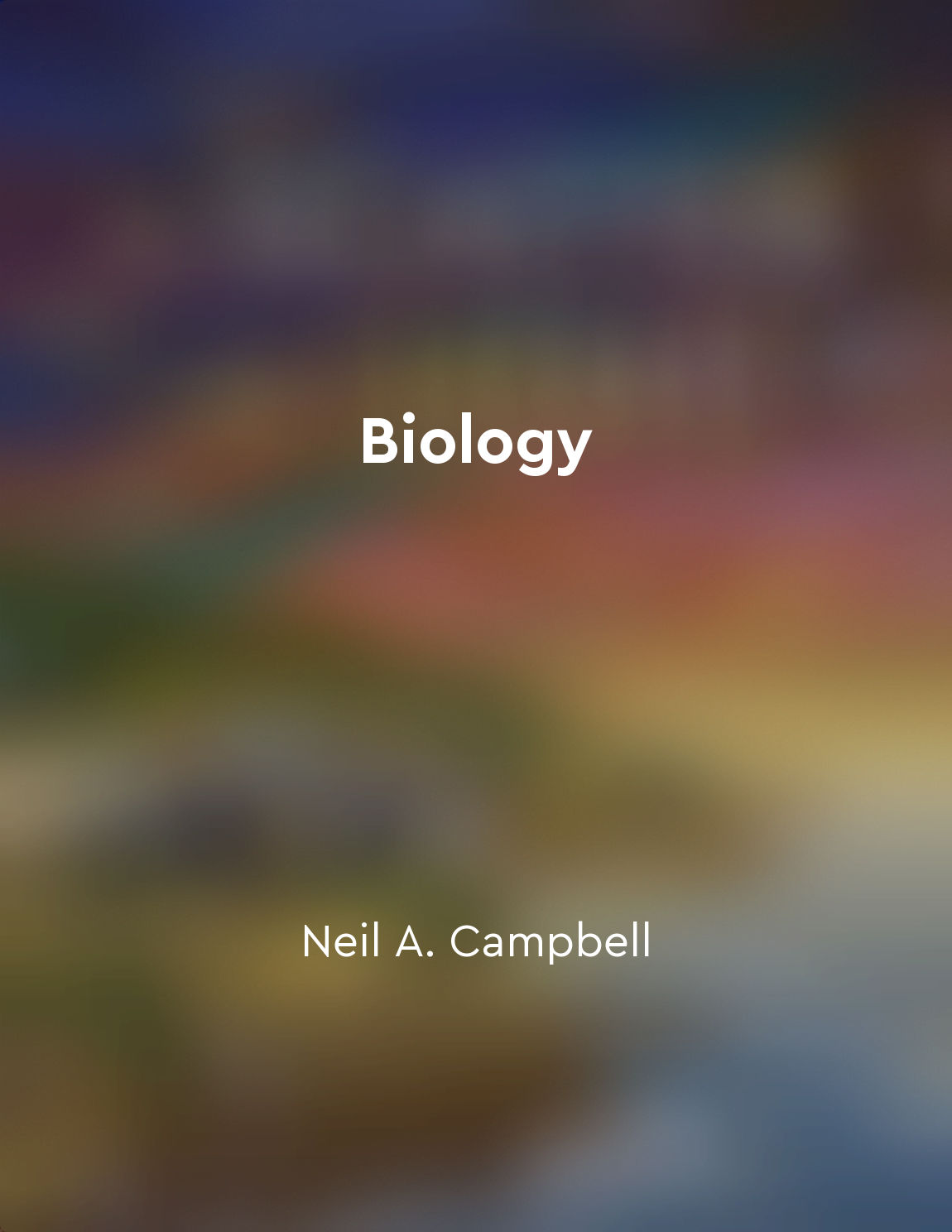Developmental biology uncovers similarities in embryonic stages from "summary" of The Greatest Show on Earth by Richard Dawkins
In the course of its development from embryo to adult, an animal typically goes through a series of stages that bear a striking resemblance to those of other animals. This phenomenon has been known for a long time, but it was not until the advent of modern developmental biology that the full significance of these similarities began to be appreciated. One of the most famous examples of this is the fact that all vertebrate embryos, from fish to humans, go through a stage where they possess gill slits. In fish, these slits develop into gills, which are used for breathing underwater. In humans, they disappear before birth, but the fact that they are present at all is a powerful piece of evidence for our shared evolutionary history with other vertebrates. Another striking example is the fact that all vertebrate embryos have a tail at some point in their development. In humans, this tail disappears as the embryo matures, but the fact that it is present at all is further evidence of our shared ancestry with other vertebrates. These similarities in embryonic development are not limited to vertebrates. Insects, for example, go through a stage where they possess three pairs of legs, even though the adult form may have more or fewer legs. This is another piece of evidence for the shared ancestry of all animals. By studying these similarities in embryonic development, developmental biologists have been able to gain valuable insights into the evolutionary history of life on Earth. They have been able to trace the relationships between different groups of animals and understand how they have evolved over millions of years. In this way, developmental biology has provided some of the most compelling evidence for the theory of evolution. It has shown that all living things on Earth are connected by a shared history of descent with modification from a common ancestor. And it has helped to illuminate the deep connections that tie all life together in a grand and beautiful tapestry of evolution.Similar Posts

The search for truth should be based on reason and evidence
In the pursuit of truth, it is essential to rely on reason and evidence. This principle serves as the foundation for discoverin...
Religious beliefs lead to harmful and divisive behavior
Richard Dawkins argues that religious beliefs often result in harmful and divisive behavior. This is evident in the numerous in...

Population ecology
Population ecology is the study of populations in relation to their environment, including environmental influences on populati...
Evolutionary theory can be applied to artificial intelligence
One of the intriguing applications of evolutionary theory is its potential relevance to the field of artificial intelligence. J...
Evolutionary theory is a foundational concept in biology
The foundational importance of evolutionary theory in biology cannot be overstated. It serves as the cornerstone upon which the...

Species arise through natural selection
The process by which new species arise is a result of the natural selection of individuals that are best adapted to their envir...
Adaptation allows species to survive and thrive in their environments
Adaptation is the key to survival and success in the natural world. It is the process by which species evolve traits that bette...
